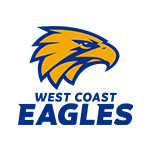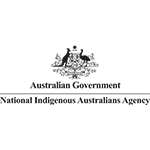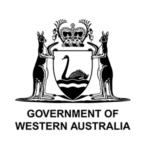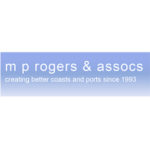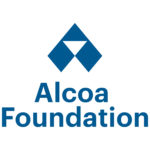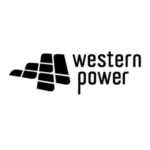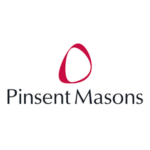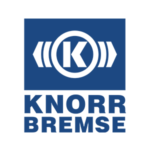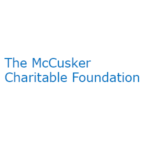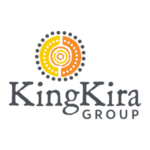Building partnerships through art
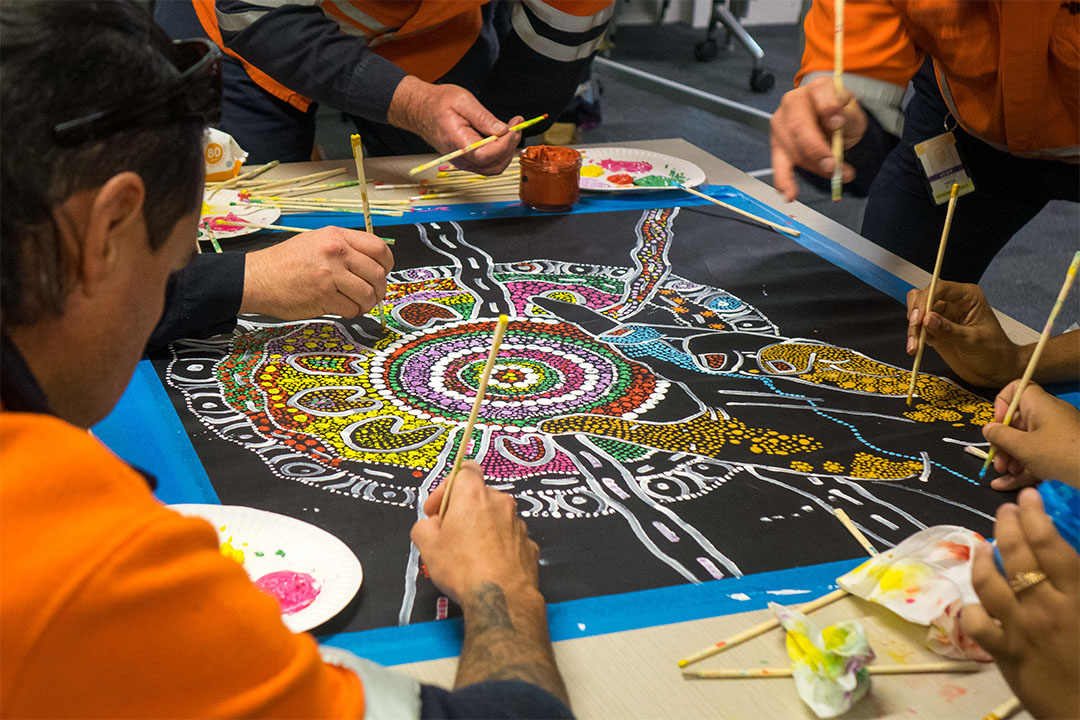
As part of our partnership with Western Power, our teams came together to create multiple collaborative art pieces, led by Whadjuk Noongar artist Julianne Wade.
Participants from our P242 and Deadly Sista Girlz programs joined staff from Western Power across 5 of their depots. Creating art work together allowed for our staff and participants to forge meaningful connections with the Western Power team, allowing them to gain a deeper understanding of the Foundation, our programs and our community.
Artist Julianne Wade created the concept and story behind the art:
“All of us play a big part in reconciliation and in playing our part we collectively build relationships and communities and value Aboriginal and Torres Strait Islander peoples histories, culture and futures
In each design on the canvases we feature a series of hand gestures of good will. There’s the general handshake when we shake hands with someone it resembles a sign of value and agreeance about something in particular, in this case new beginnings.
We also have the opening of a hand and hand open. Open hands represent to give as well as being open to receive, out of living with hands open comes fresh new openness for growth and development.
One could even say that a life with an open hand is an expression of an open mind, open heart and open will.
In the collective canvases, I invited each person to express themselves creatively with the source of colour, in doing so we began to see relationships and communities coming together to find a mutual value of becoming relatable with each other.
We also have combined old symbols with new ventures in the way of our Journey lines becoming an actively progressive one with the broken lines in the middle to represent active movements of people and communities and featured the meeting circle in each of the design to reflect the depot that we visited on the day, but also added more in the background to reflect the partnerships with other communities and depots as we actively progress to and from them on our active journey.
And lastly in the design we reflect back to a time where people sat on country to work collectively together as one, this is represented by the people symbol. If you look at the people symbol and imagine yourself sitting on country sands, and you get up to Journey out and look back, it resembles the shape of people’s bottoms.
A constant reminder of a time when our ancestors and our communities sat together as one, and a good reminder of the type of communities and partnerships we want to envision in our shared futures, while respecting that we build these new community’s and partnership on Aboriginal land,”
Hits: 18


